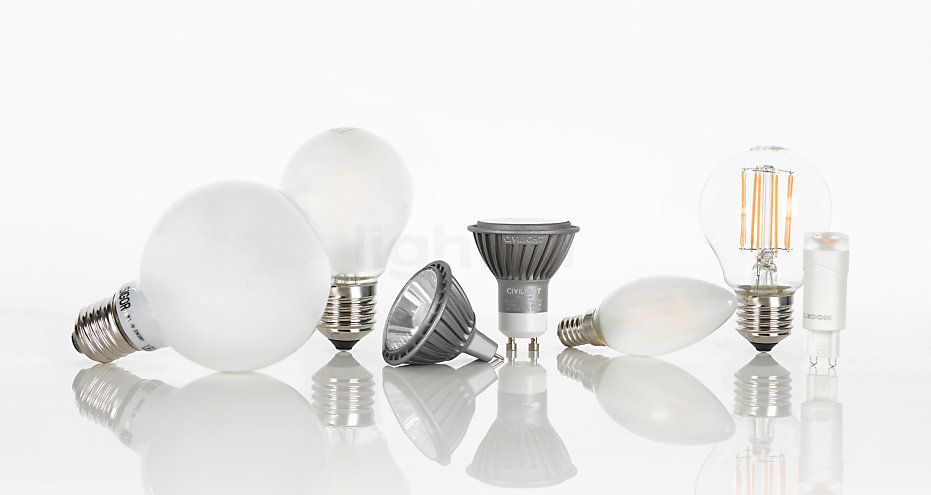We use cookies
On our website we use cookies and, among other things, Google Analytics. Some of these are essential, while others help us to improve this website and your experience.
SettingsPrivacy policy
Please also read the information on Colour temperature